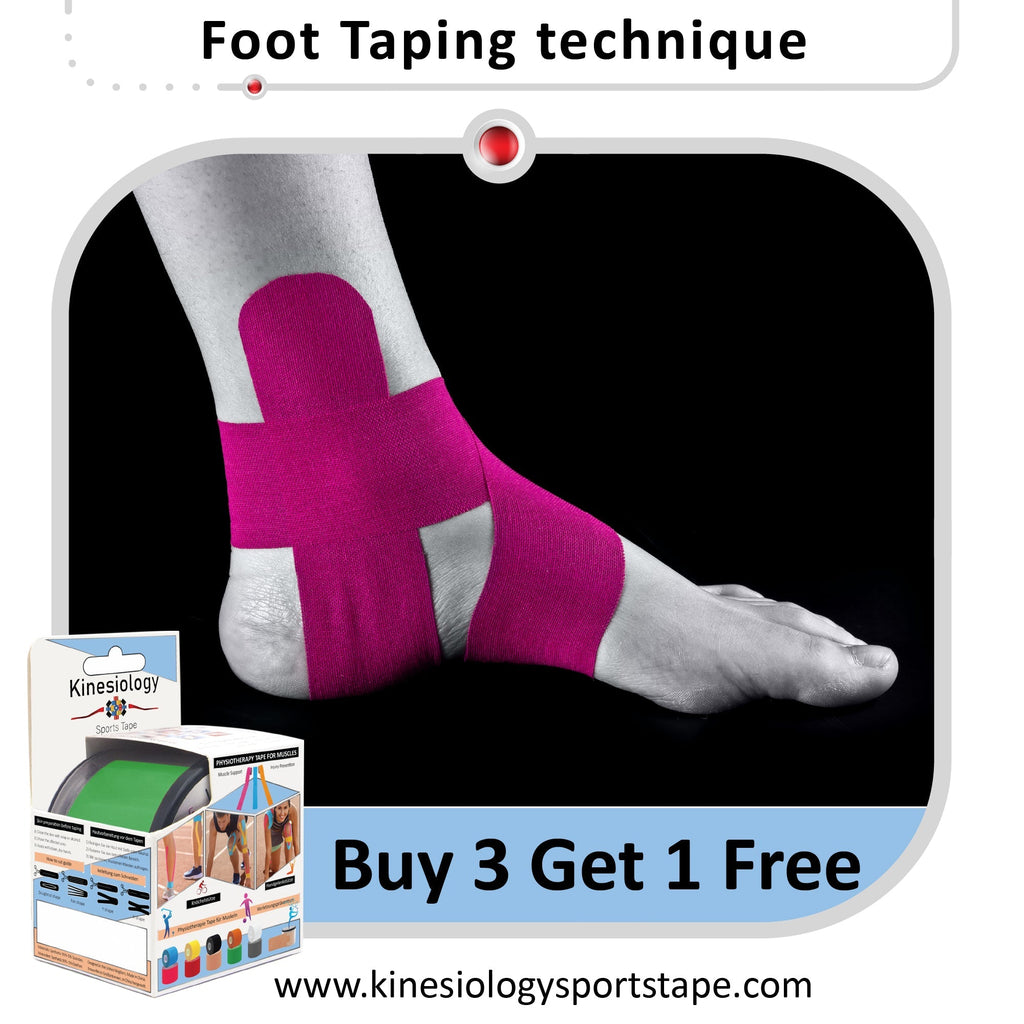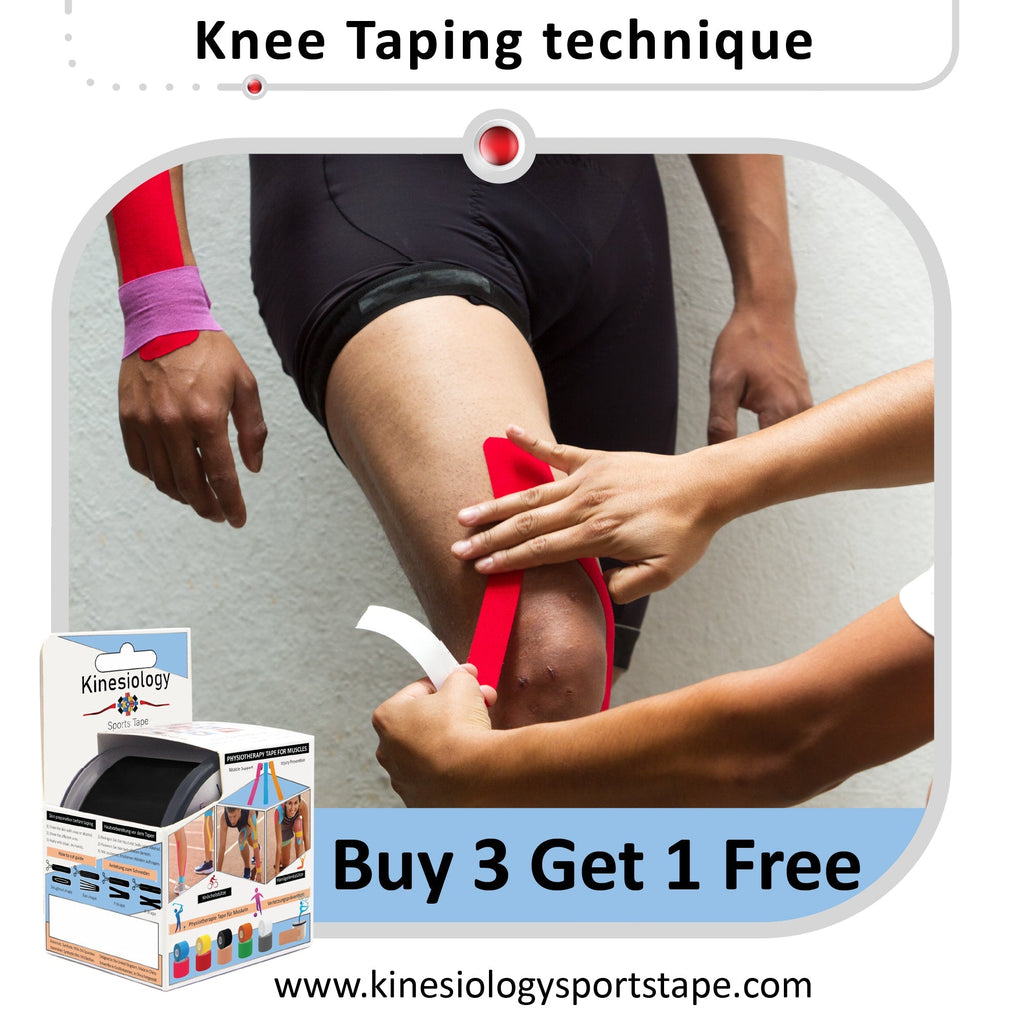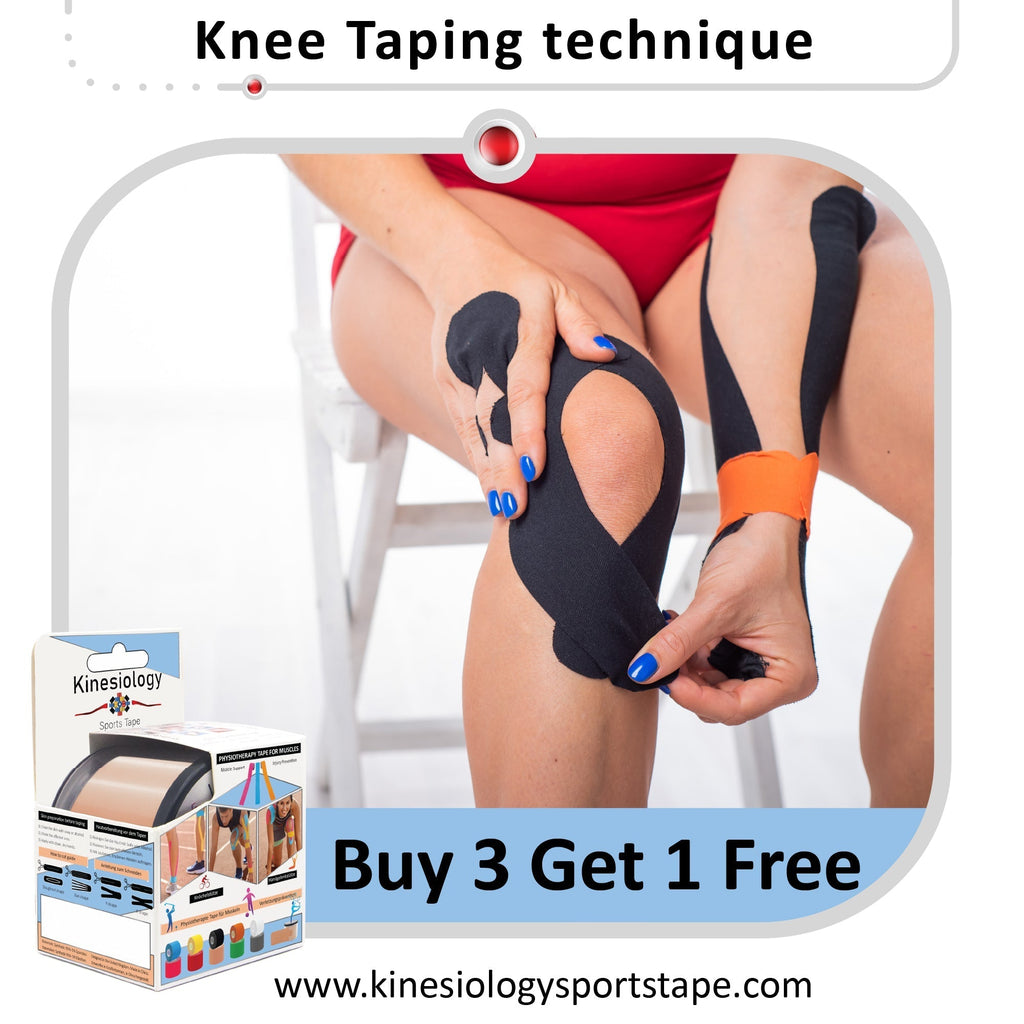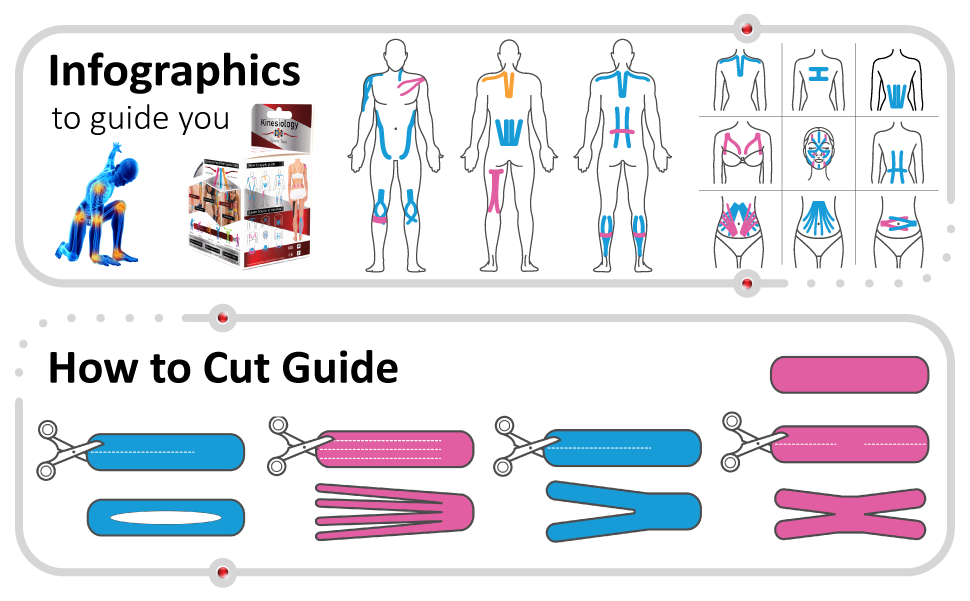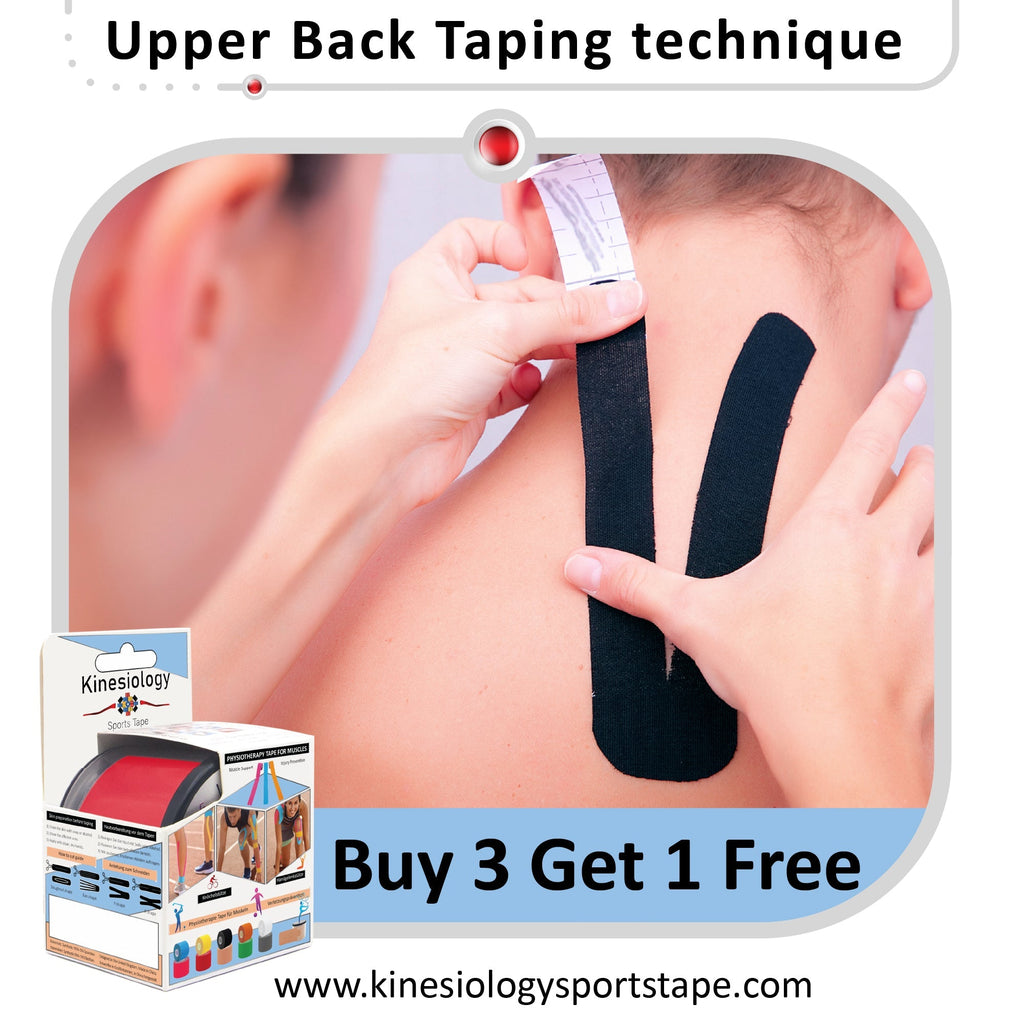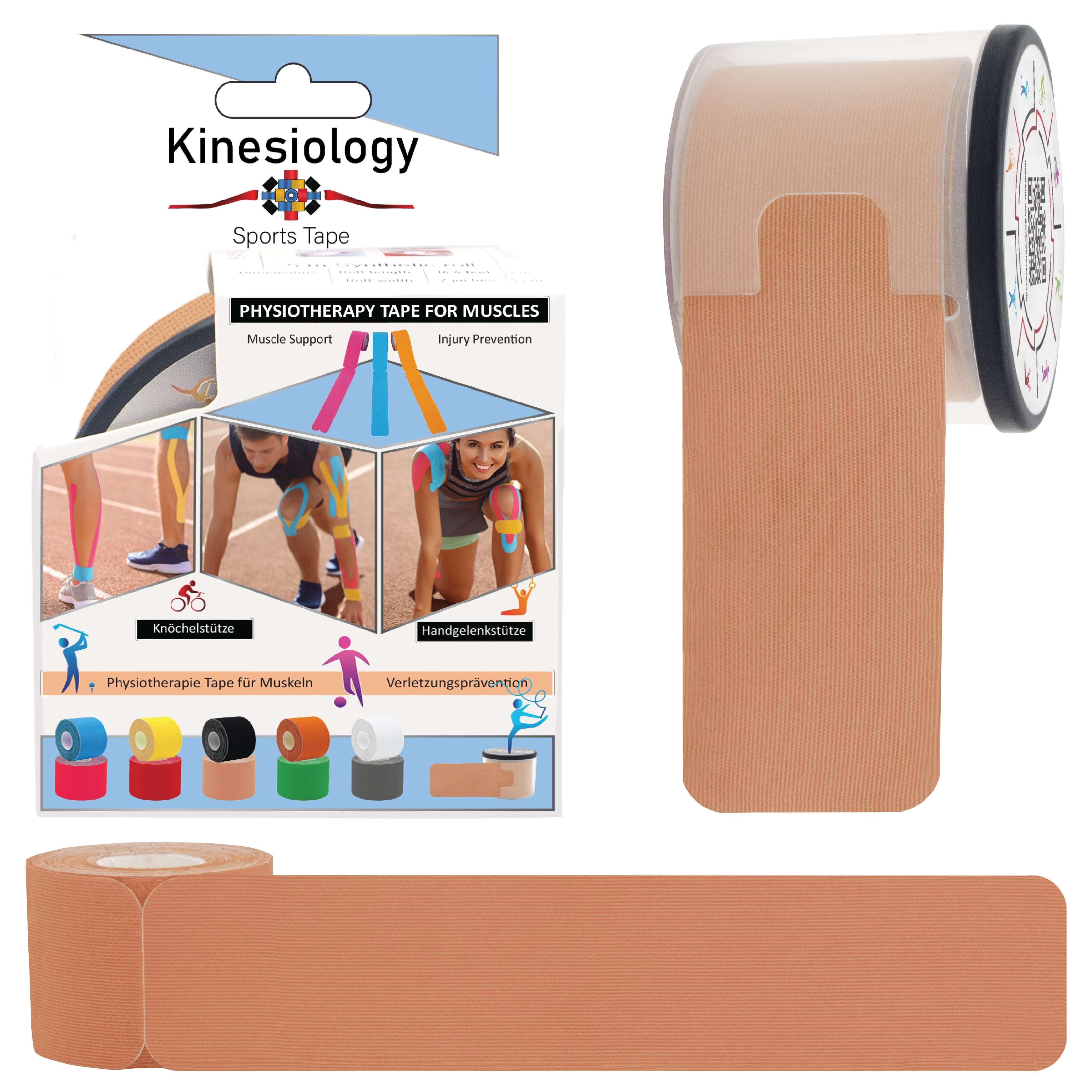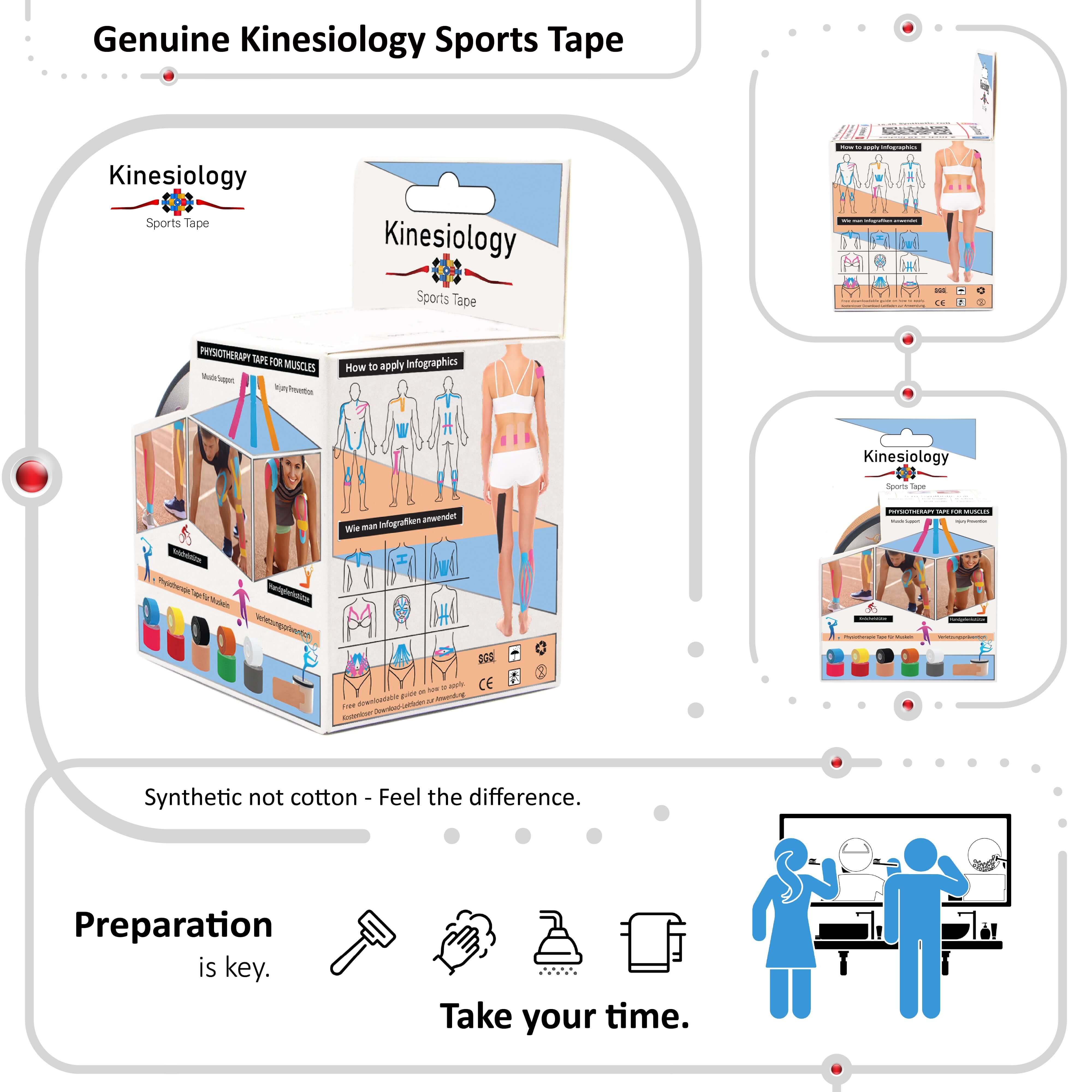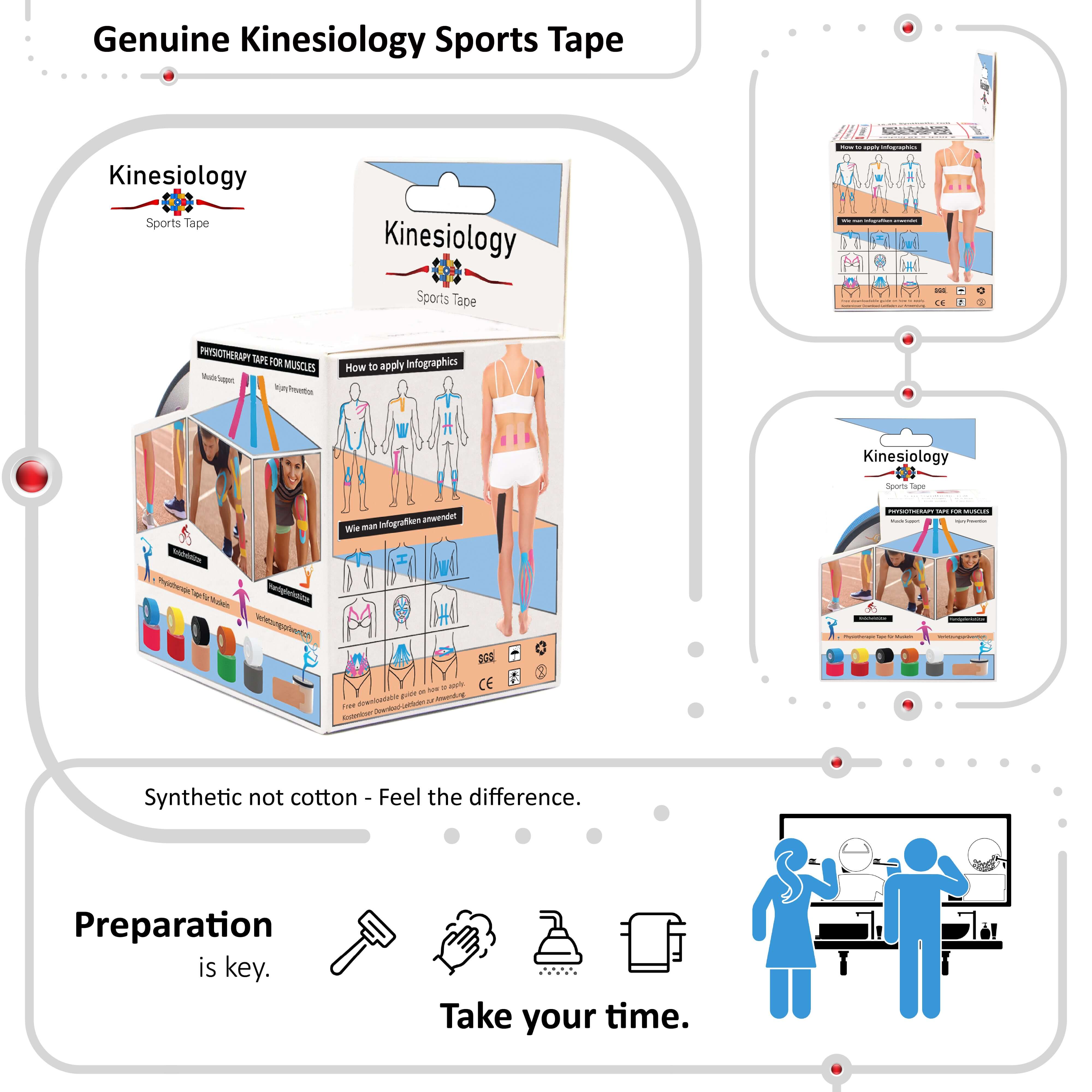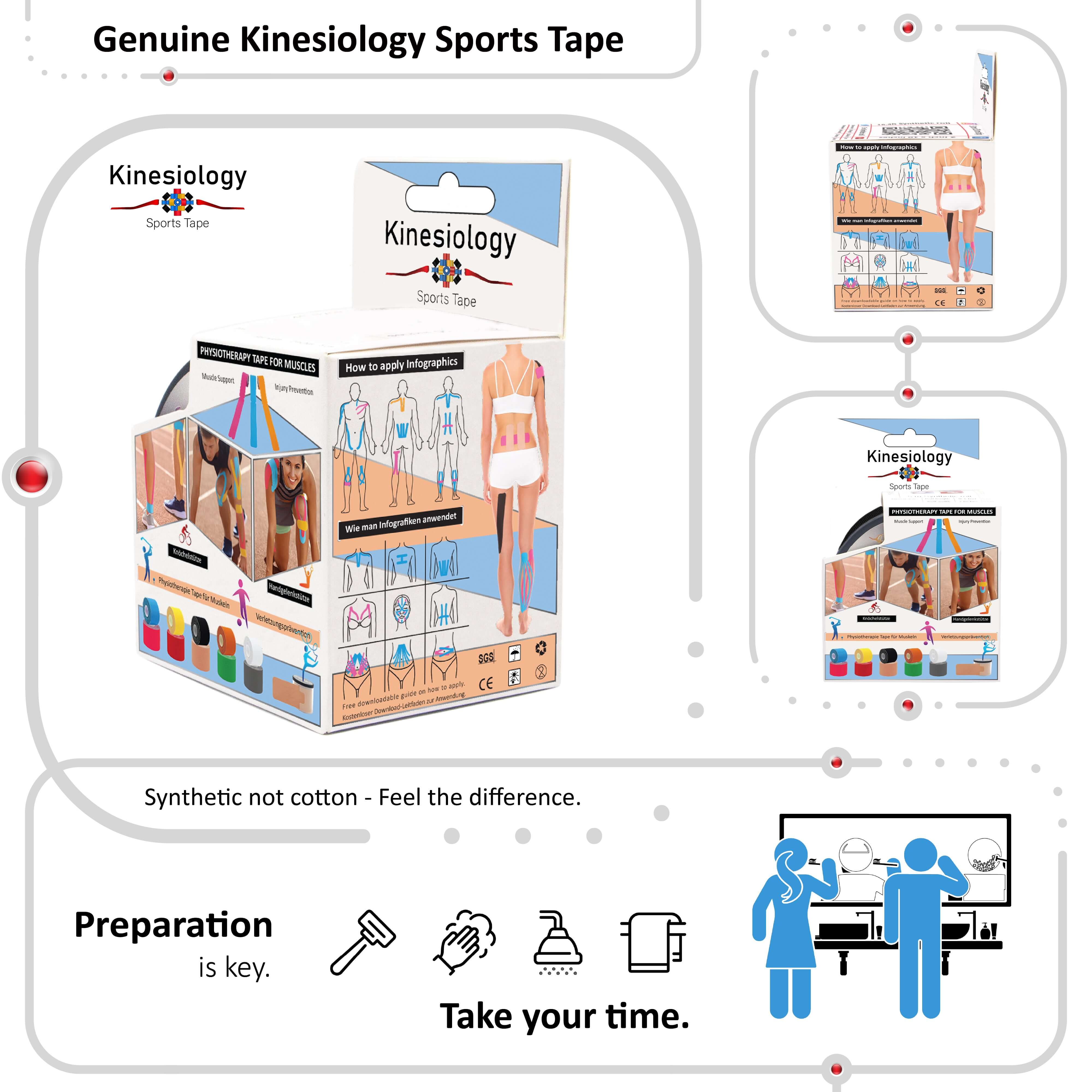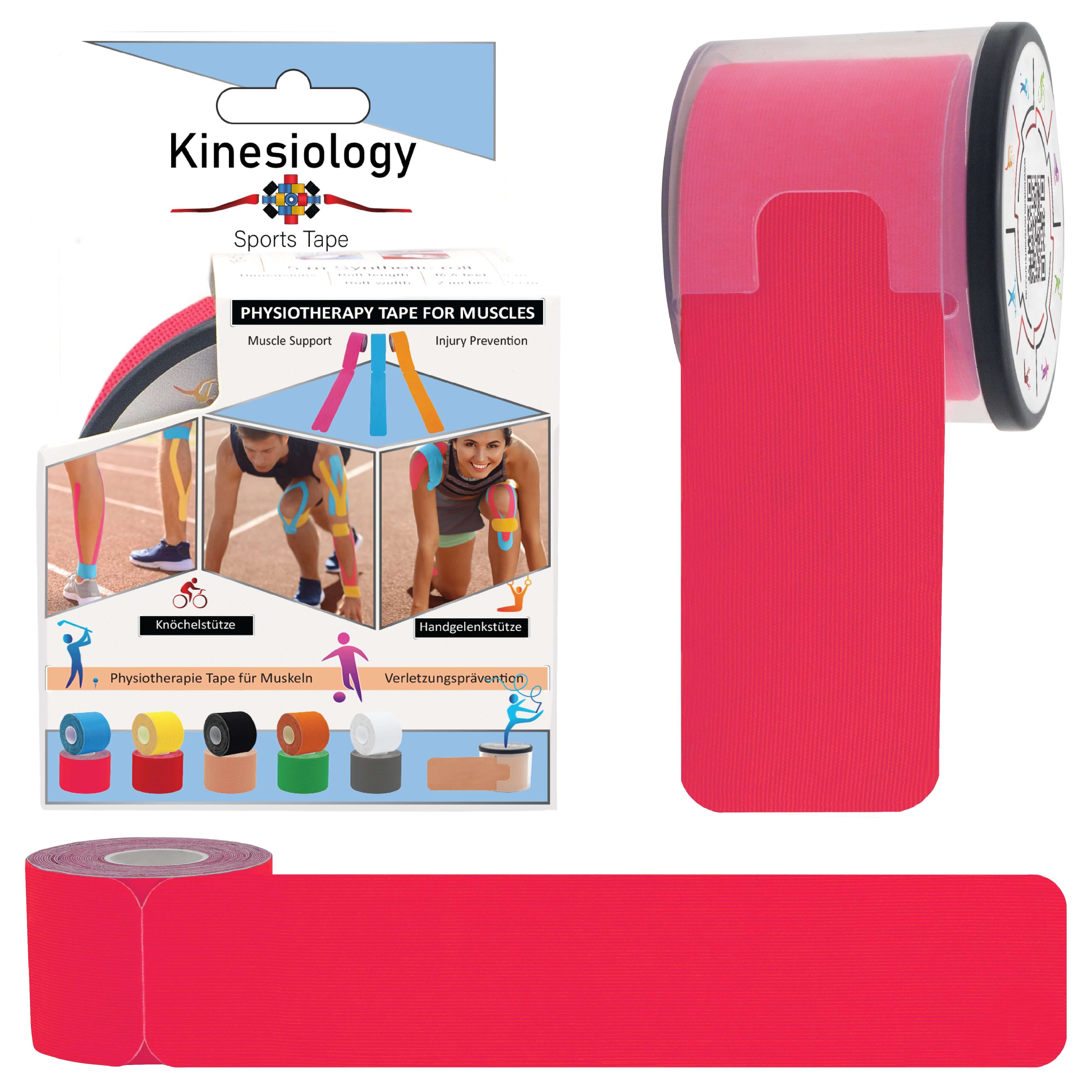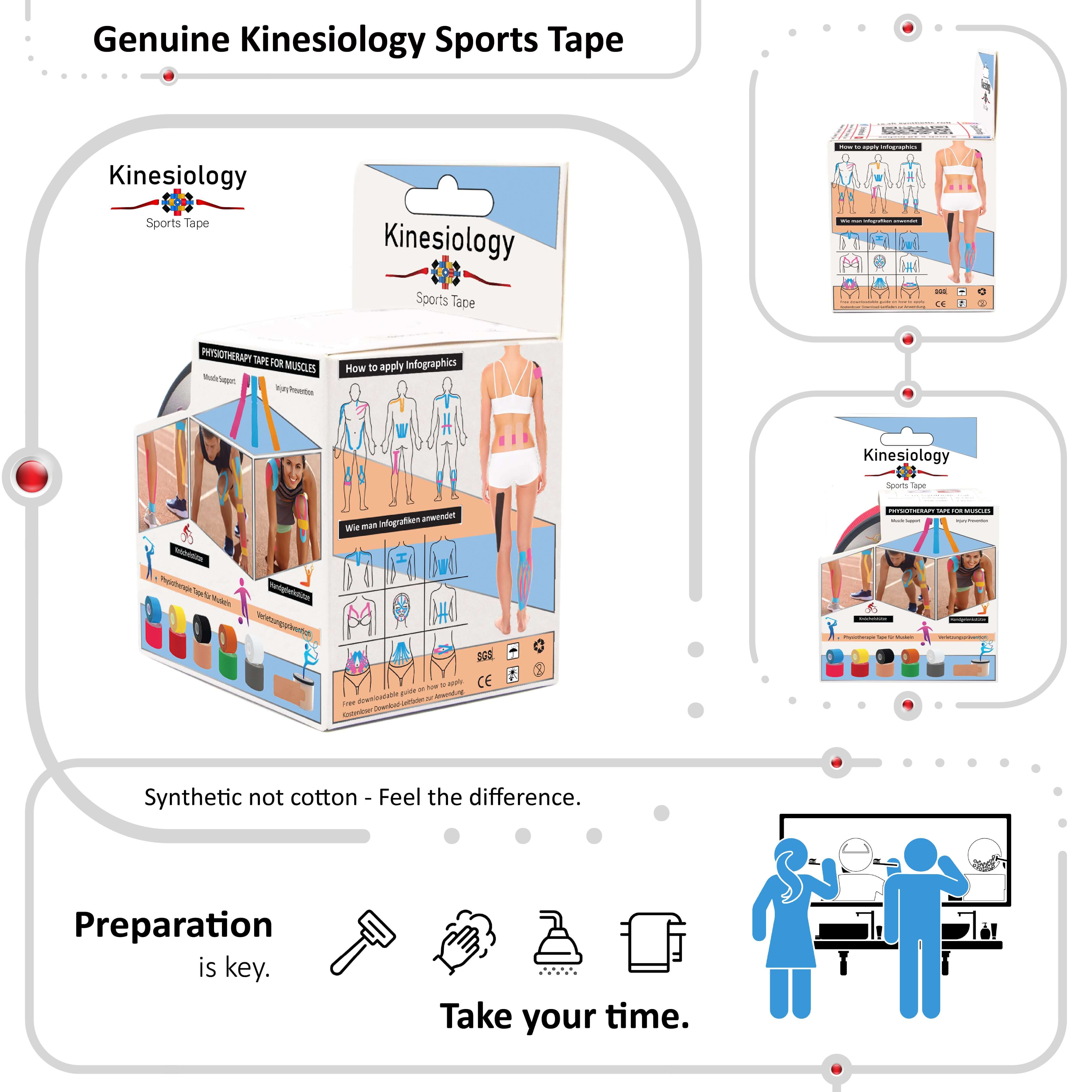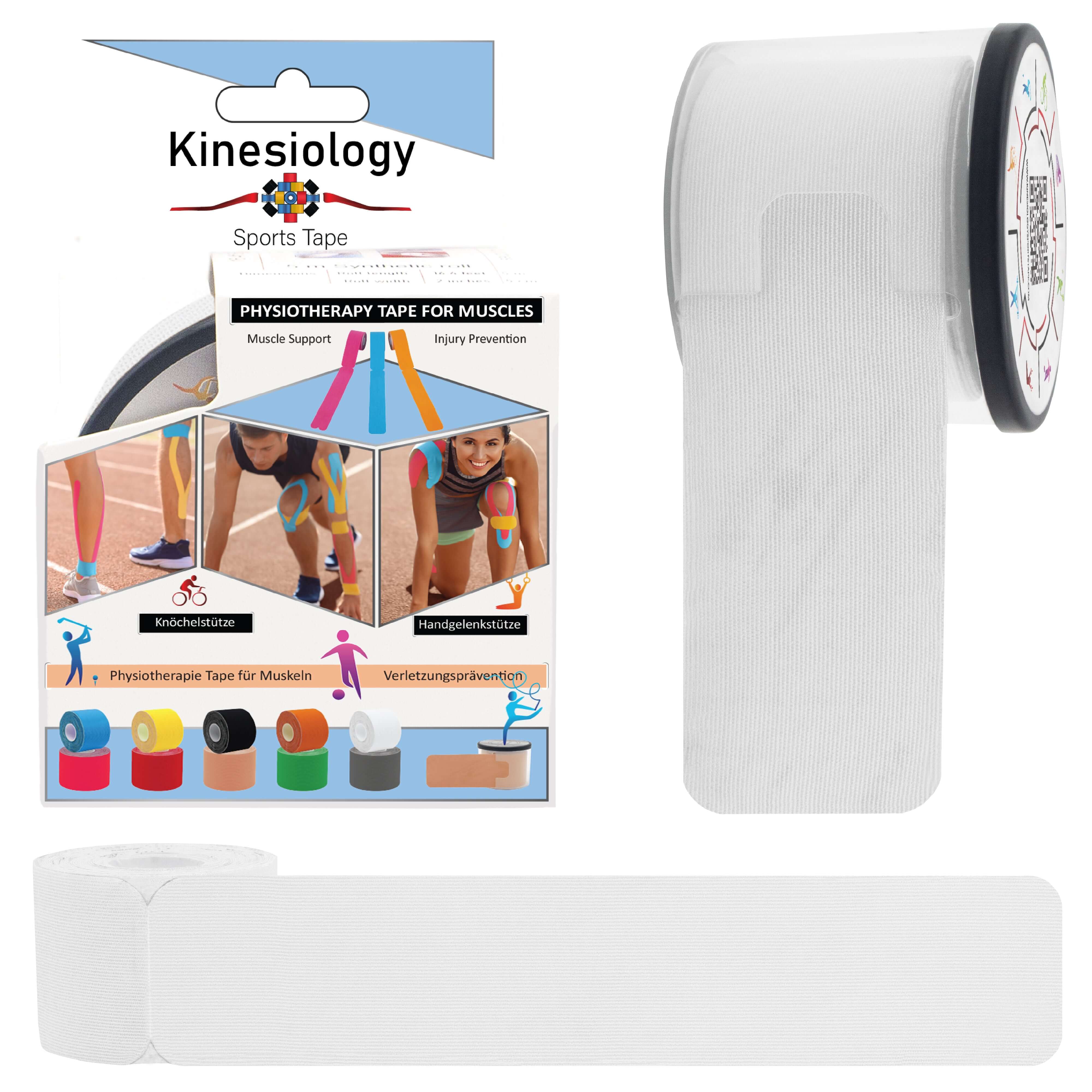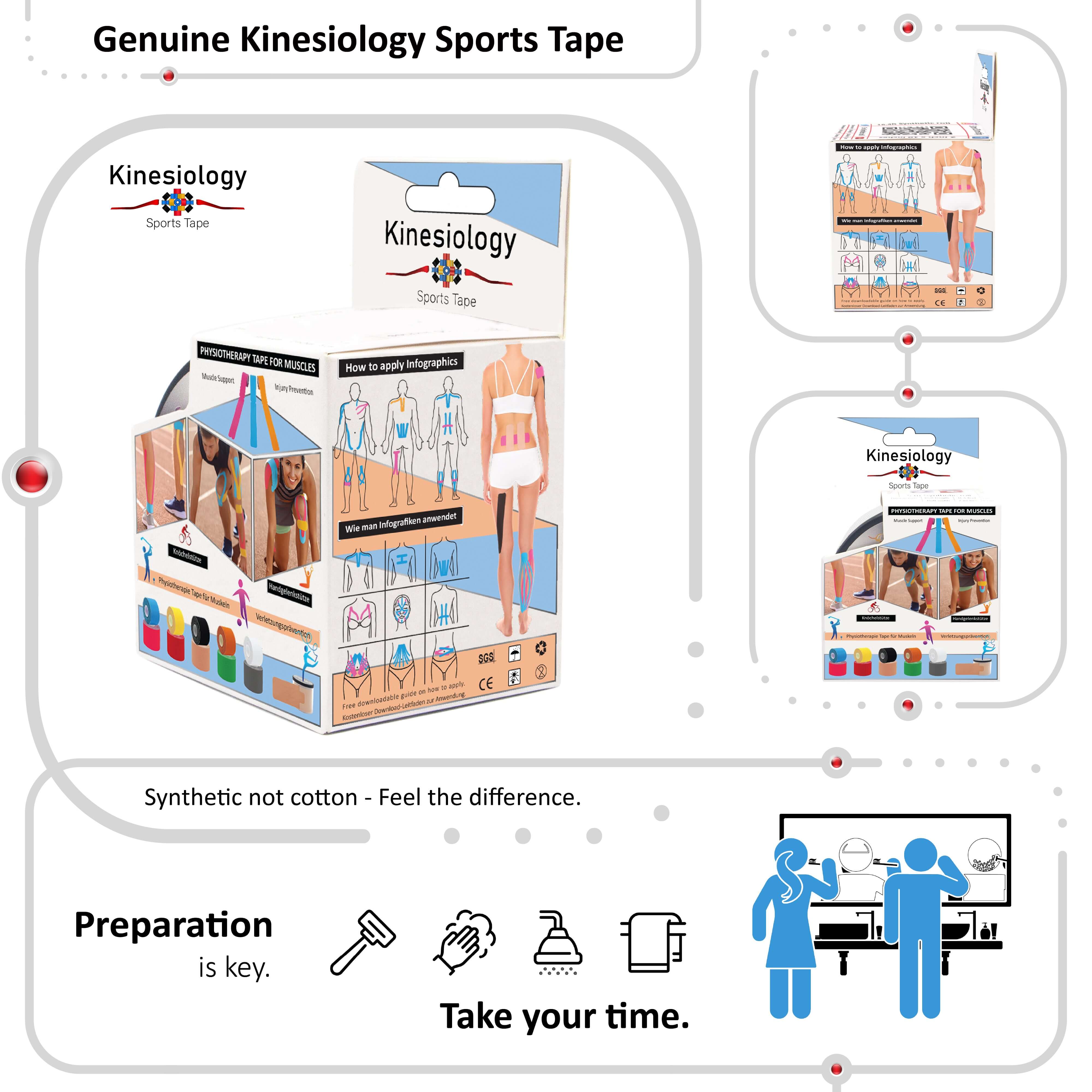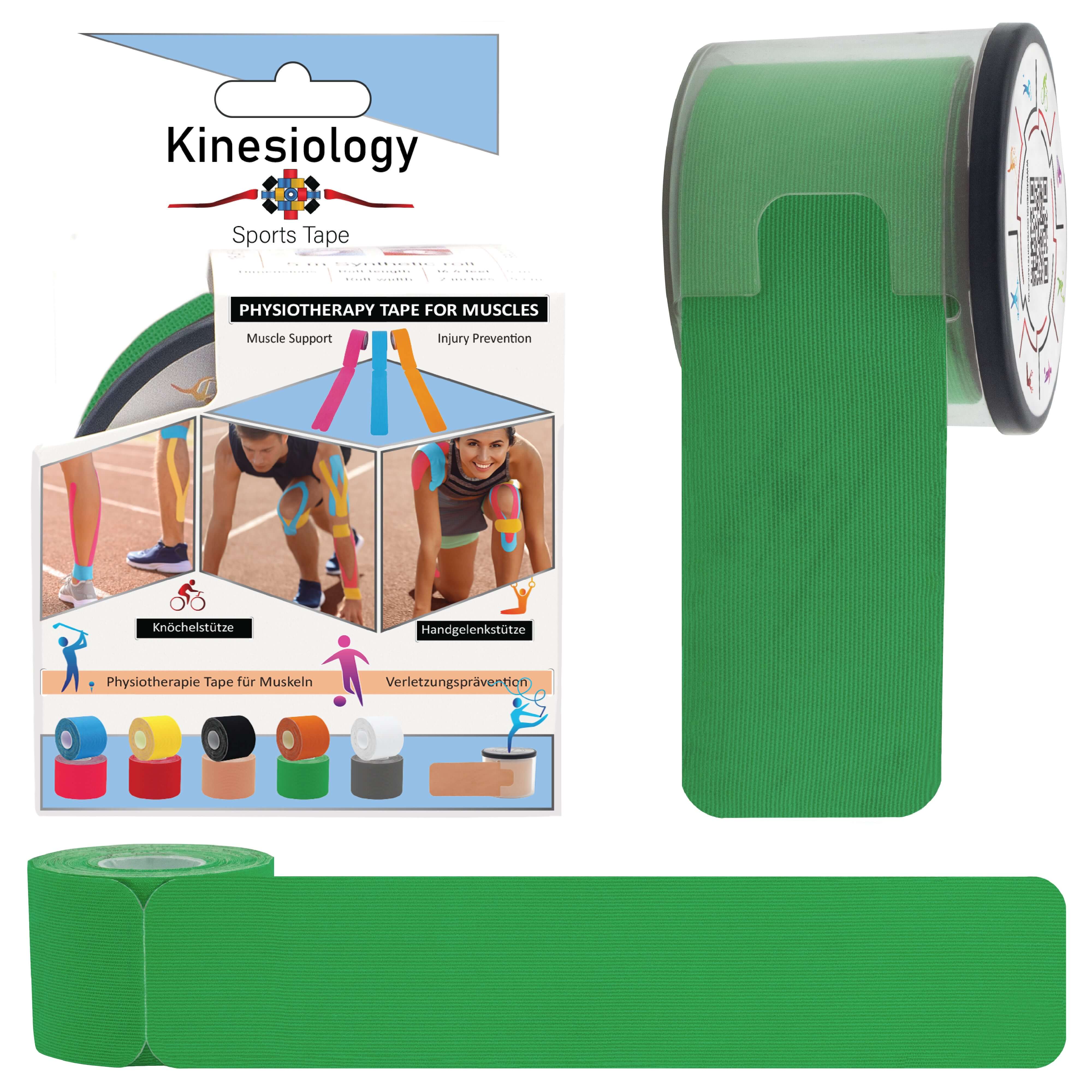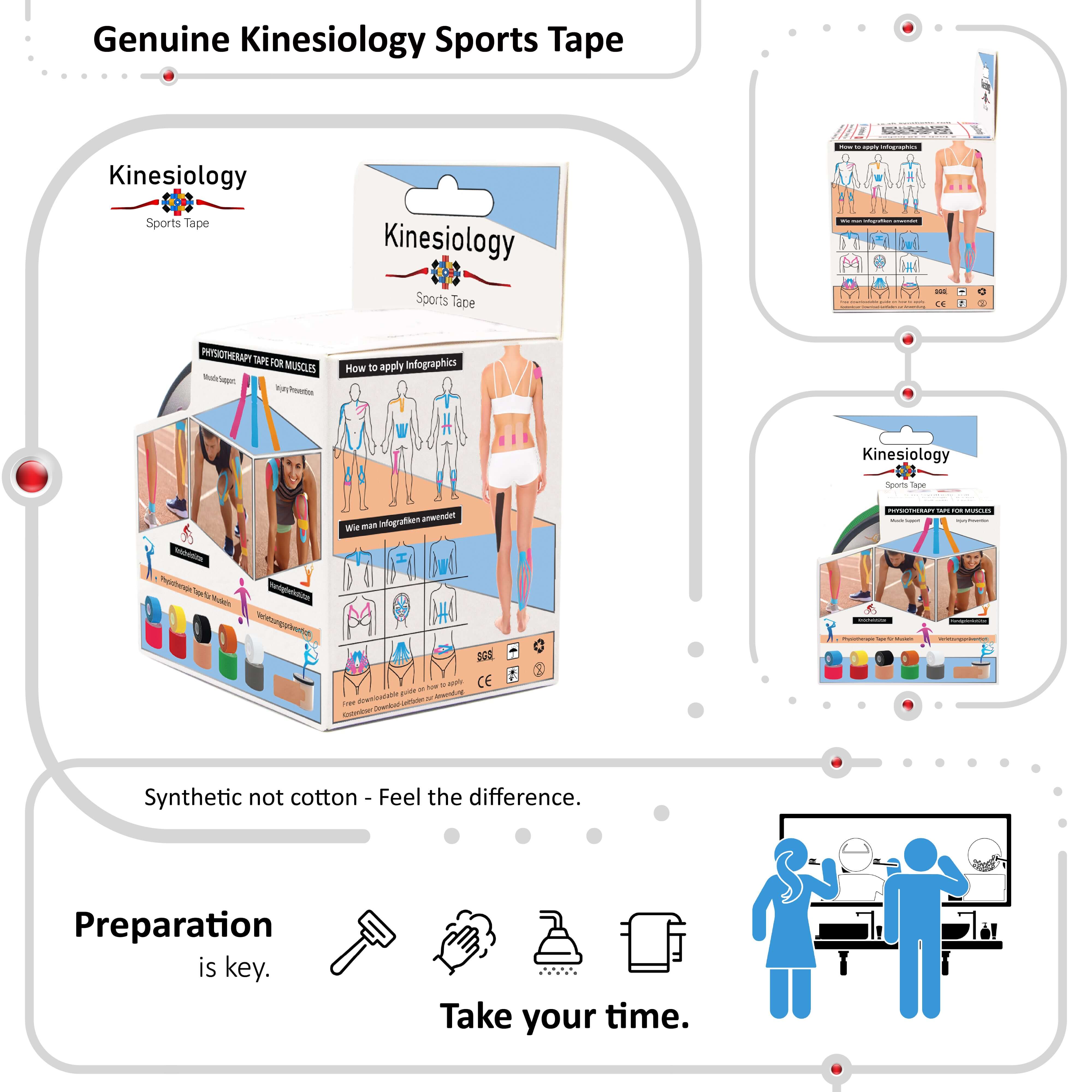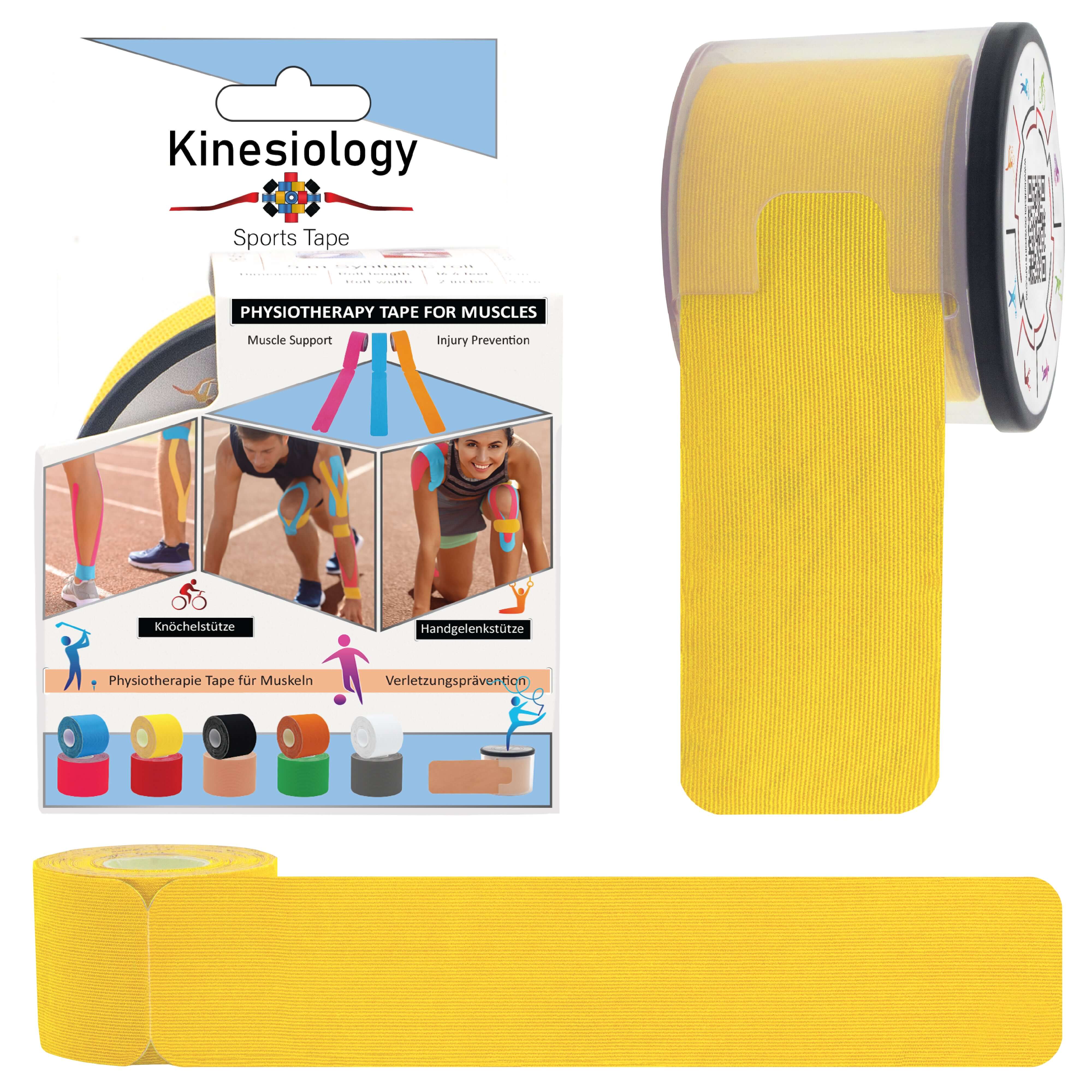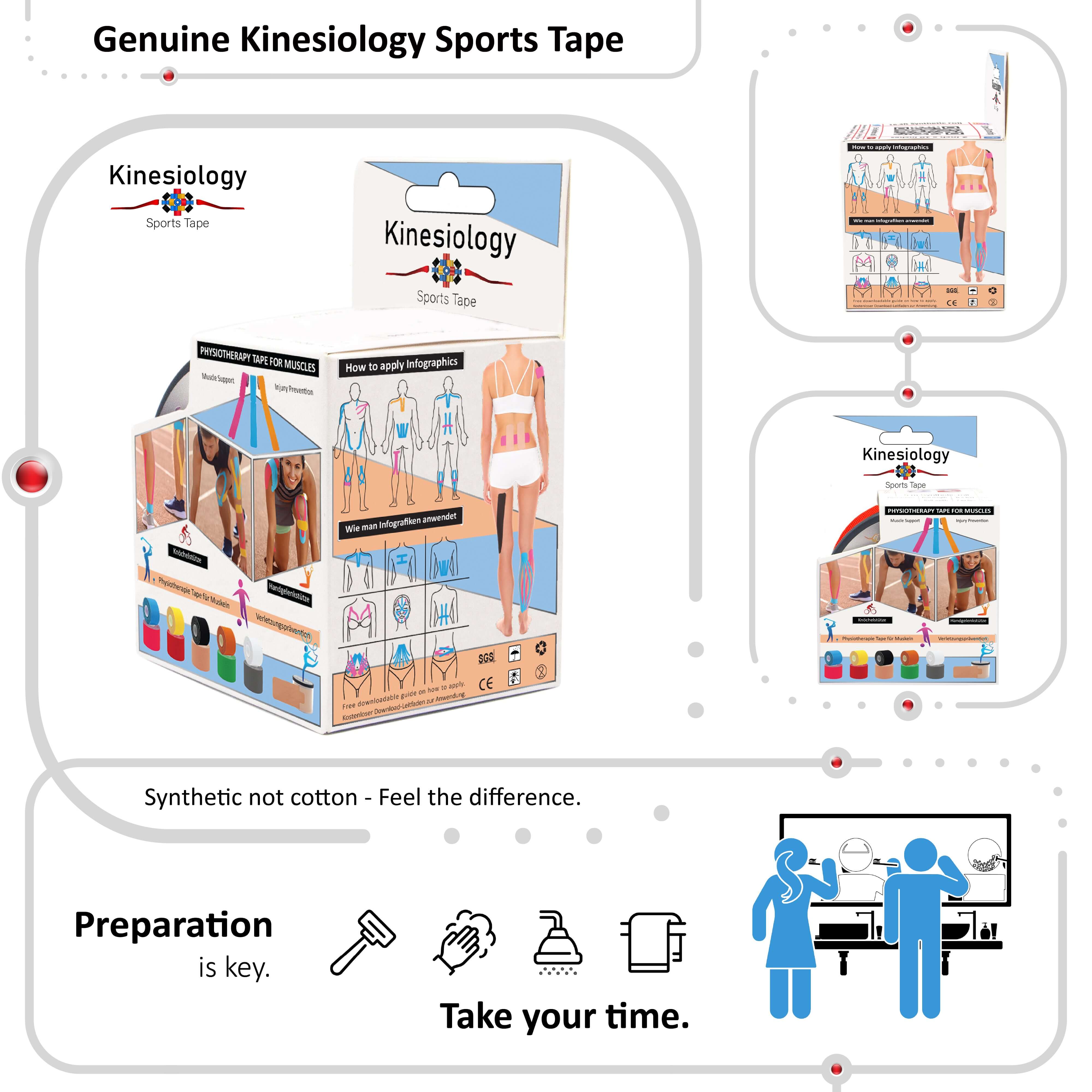
Cycling and Kinesiology Tape

Whether you are a competitive cyclist or just enjoy getting off-road onto trails on your own it is fair to say that the impact on your body can be quite great. There are lots of stress points, with some cyclists finding pain along their shoulders and down their arms whereas others find that their legs and lower back suffer. So first of all kinesiology tape is a good support tool if you are a regular cyclist.
Freedom of Application
The thing we really love about kinesiology tape is that you have absolute freedom when it comes to application. Now we have put together a lot of guides that show you the most popular typing methods for supporting common injuries and illnesses. But in actual fact if you wanted to experiment you would not do any damage. New best practices are being added all the time as the use of kinesiology tape becomes more mainstream and popular. You will also get the benefit of professional athletes and their coaches, as they are quite happy to share what works for them and they can’t really hide it because you will see the typing if it is outside of their shorts and vest.
Common Cycling Injuries
Lance Armstrong is one of the professional cyclists who has made no secret of his love for kinesiology tape. One injury that seems to strike cyclists a lot of the time is tendinitis. Patella tendinitis is to do with the knee and as you can imagine the damage comes from the repetitive cycling motion that the knees go through in order to propel you forward.
Long Recovery
The most frustrating thing about patellar tendinitis especially at the professional level is the amount of time it can take to recover. The conservative treatment is RICE the joint (Rest, Ice, Elevation) and using non-steroidal anti-inflammatories, but these can actually cause problems with the stomach and cannot be taken for a long time. However when suffering from a flareup of patella tendinitis even straightening the leg will hurt and therefore it makes it impossible to continue training and cycling. Kinesiology tape can support issues with attendance and when applied can be left in place for a couple of days. It is not a miracle cure but the evidence suggests it certainly helps to speed up recovery time and take some of the pressure of allowing professional athletes to return to a low level of training sooner than they would’ve been able to without using kinesiology tape.
Do Your Own Research
The key to getting the best effects from kinesiology tape is a proper application. The good thing is this is something you can do at home and you do not need a professional to help you but you do need to take the time to do a bit of research and have a look at our guides to see how taping your patella can help support the area as you heal.

